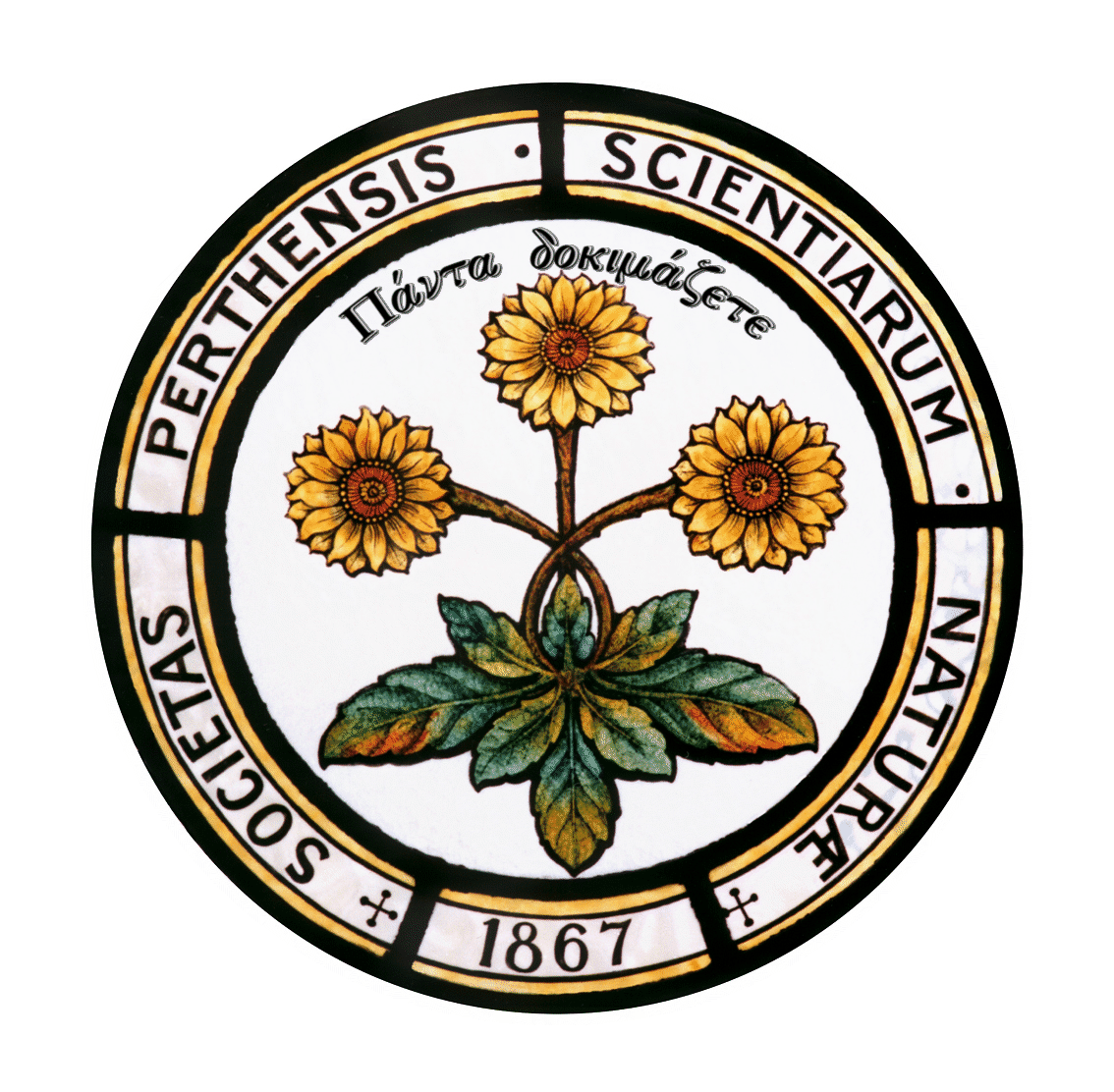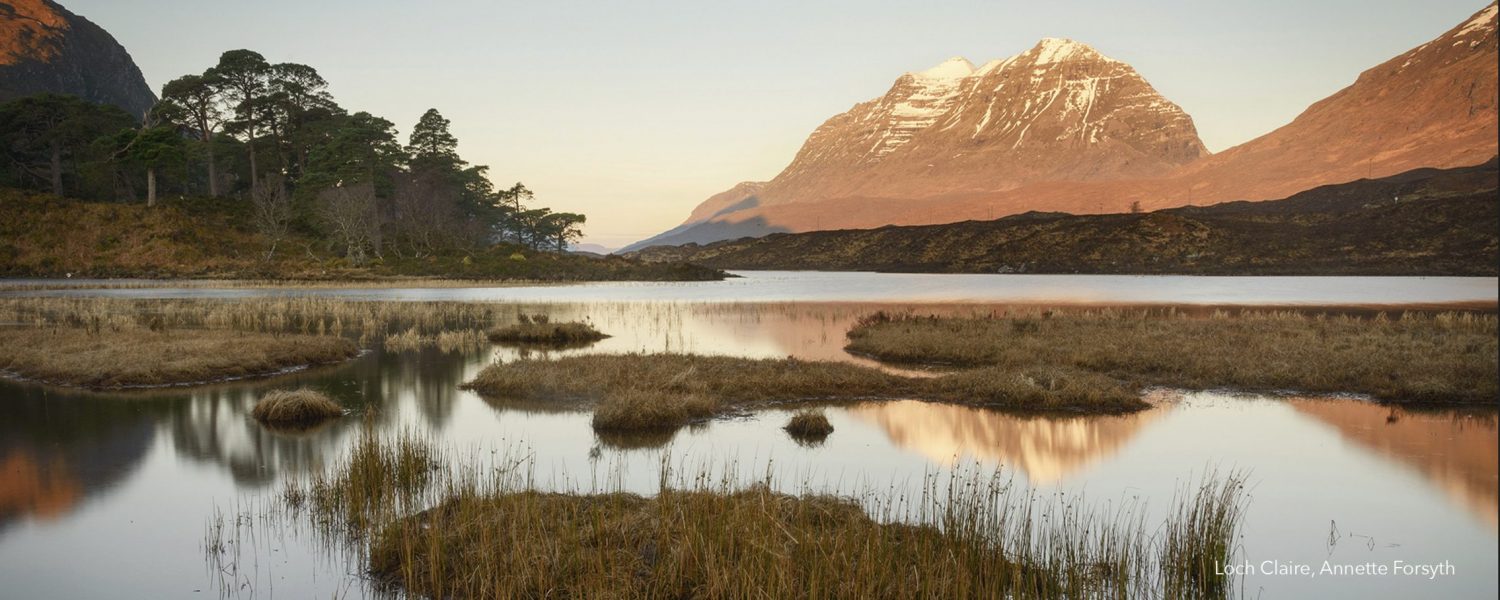Francis Buchanan White (1842 – 1894) – the Scottish Naturalist
Dr Francis Buchanan White was elected first President of the Society. He was born in Perth and studied medicine at Edinburgh University. His passion from childhood was the study of nature. On honeymoon in 1866 he collected butterflies from alpine glaciers and the summit of Vesuvius. On his return to Perth he dedicated himself to the full-time study of nature. He was PSNS President for 13 years, Secretary for 2 years and editor of its publications for 13 years.
White was an expert in hemiptera, the group of insects which includes shield bugs and water boatmen. He described 130 species new to science. From 1881, he devoted himself to botany and became an expert on British willows. He was a pioneer in biological recording, the careful gathering of data on where plants and animals are found in order to understand their distribution. White’s major work was the Flora of Perthshire, a detailed account of the plants which occur naturally in the county. He organised collecting trips and PSNS excursions to gather specimens and record the distribution of plants for this work. The book’s publication was delayed repeatedly so that it could be as comprehensive as possible. It was eventually published in 1897, after his death.
Charles McIntosh (1839-1922)
Known as the “Perthshire naturalist”, Charles McIntosh was born in Inver near Dunkeld. His father was a handloom weaver and well-known fiddle player. Charles started his working life at Inver Sawmill where, at the age of eighteen, he lost the fingers and thumb of his left hand in an accident. He then became a rural postman with a sixteen mile daily round which he walked six days a week for the next 32 years. During these long walks he developed a great knowledge of the natural world. In 1872 he met Dr Buchanan White who proposed him as an Associate Member of the PSNS. Dr White suggested topics that Charles might study and asked him to collect specimens for the Society. Through this contact Charles flourished and became an expert on mosses and fungi. Charles discovered 13 species of fungi new to Britain and 4 which were new to science.
Magnus Jackson (1831-1891)
Magnus left a unique legacy of around 2,500 glass photographic negatives, which capture life in Perth and Perthshire between the late 1850s and 1890. He was born in Perth on 25 September 1831, and began his photographic career in the early 1850s, soon after the introduction of two new photographic processes – the Daguerreotype process and Fox Talbot’s process which, like the daguerreotype, used the lightsensitive properties of silver salts, but this image was captured as a negative on high quality sensitised paper, thin enough to be translucent and capable of being printed many times. In 1886 he was awarded the 8 Bronze Medal and Diploma of Merit at the International Exhibition of Industry, Science and Art in Edinburgh for his photographs of ferns and foxgloves. …..more…
Sir Thomas Moncreiffe (1822 – 1879)
The 7th baronet Moncreiffe, entered the army at an early age eventually becoming the
Honorary Colonel of the Royal Perthshire Rifles. After the army he became Vice -Lieutenant of Perthshire. In later life he studied natural history with an interest in insects and became a specialist in moths and butterflies. He joined PSNS in 1872 and was president from 1874 until his death 1879. He was a strong advocate of the plan to build the Tay Street museum and it was named The Moncreiffe Memorial Natural History Museum in his memory.
Abram Sturrock (1843 – 86)
Taught at Rattray School and was an expert in water plants and brambles. He was the first
person to discover the water plant, Slender Naiad in Scotland. He contributed botanical
records to the Flora, herbarium specimens, including his speciality of aquatics, and
contributed to PSNS Proceedings.
Colonel Henry Maurice Drummond-Hay (1814 – 1896)
After a career in the army, which included a number of foreign postings including Bermuda and Malta, Colonel Drummond-Hay retired back to his Perthshire home in 1870 and joined PSNS in 1871. He became Deputy Lord Lieutenant of Perthshire. Throughout his life he studied fish, birds and plants and was a competent taxidermist and artist. He was a founder member and first president of the British Ornithologists’ Union. He served PSNS as President for 4 years and was Honorary Curator of the Perthshire Natural History Museum from 1881 until his death.
Personalities of Perthshire : Current and Past

